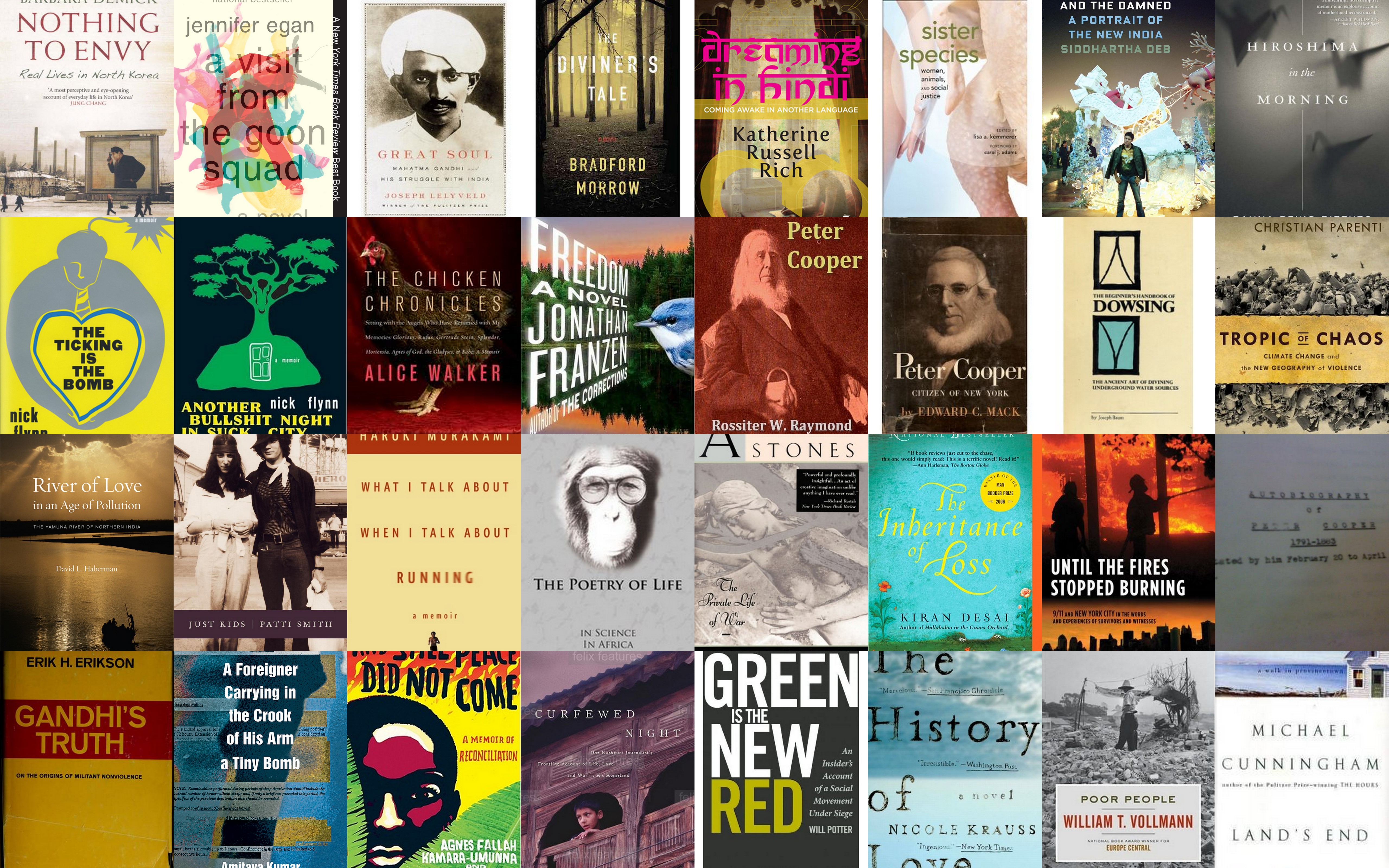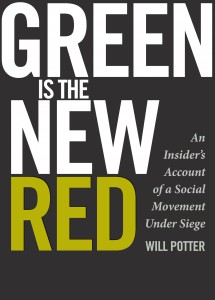 At one point during the Second Friends of Cooper Union Community Summit, President Jamshed Bharucha addressed the crowd and said, “I am telling you the truth. I believe in what is called satyagraha—in Sanskrit it is called truth force…I told the truth about the budget, the truth about the illusion that this institution has been in for at least 20 years if not more.”
At one point during the Second Friends of Cooper Union Community Summit, President Jamshed Bharucha addressed the crowd and said, “I am telling you the truth. I believe in what is called satyagraha—in Sanskrit it is called truth force…I told the truth about the budget, the truth about the illusion that this institution has been in for at least 20 years if not more.”
Satyagraha is the name given to the nonviolent movement Gandhi led first in South Africa and later in India. Gandhi coined this term because he felt “passive resistance,” what it had been previously called, indicated a certain weakness, so he held a contest in his weekly newspaper Indian Opinion. In his biography of Gandhi, Great Soul: Mahatma Gandhi and his Struggle with India, Joseph Lelyveld notes that Gandhi’s nephew first suggested sadagraha, which meant firmness in cause. Gandhi changed it to satyagraha— firmness in truth. “To stand for truth was to stand for justice, and to do so nonviolently, offering a form of resistance that would eventually move even the oppressor to see that his position depended on the opposite, on untruth and force,” Lelyveld wrote.
My grandfather was a satyagrahi in India, and I used to edit an environmental and social justice magazine in Brooklyn called Satya. There, we translated satyagraha to be truth-action. Over the past several months, as we have been discussing the fate of The Cooper Union, I have seen examples of satyagraha. It is in the students who have been organizing, demonstrating, and protesting against a tuition policy that will not affect them directly, but will destroy an ideal they hold dear. It is in the discussions that students, faculty, alumni and staff have had online and in person, to share the information they’ve gathered and the hopes they have for the school. Satyagraha can be found in the Petition to Save Cooper Union Without Tuition, the pledge drive Money on The Table, the wiki page of community-powered solutions on the Cooper Union Community Task Force, the Alumni Pioneer and the webcomic Peter Cooper and the Demons of Debt. It is embodied in the work Friends of Cooper Union is doing to preserve Cooper Union’s “historic mission of free education and the excellence born of that mission.” Satyagraha is not merely admitting a problem. It is addressing the root cause of that crisis and offering another path. Satyagraha is well illustrated in the document prepared by the Friends of Cooper Union Community, The Way Forward:
 Coinciding with the release of Brighter Green’s Case Study on India,
Coinciding with the release of Brighter Green’s Case Study on India, 








 Last Saturday, the
Last Saturday, the  “Call me Grandma,” Kazue Sueishi told the intimate classroom that had filled to hear her story. Born in America, Sueishi returned to Hiroshima as a child with her parents. She recalled her parents talking fondly of America. In her nursery school, she remembered being asked to draw something. She drew something beautiful with lots of crayon colors, and when asked what it was, she said, “America”
“Call me Grandma,” Kazue Sueishi told the intimate classroom that had filled to hear her story. Born in America, Sueishi returned to Hiroshima as a child with her parents. She recalled her parents talking fondly of America. In her nursery school, she remembered being asked to draw something. She drew something beautiful with lots of crayon colors, and when asked what it was, she said, “America”
